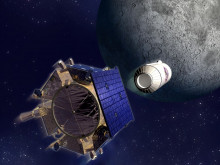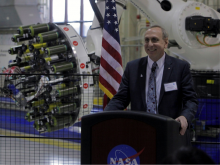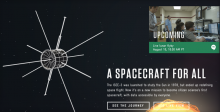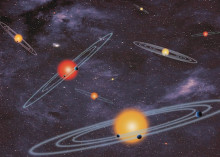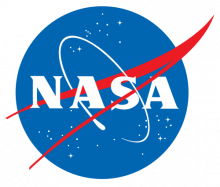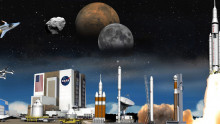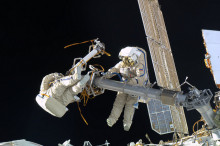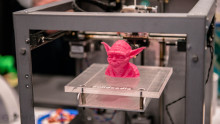Why we’re going back to the Moon - with or without NASA
It was time for the spent rocket to die. So the 2,000kg Centaur upper stage, about the size of a yellow school bus, detached from its spacecraft and began falling toward the Moon six years ago. Soon lunar gravity took hold, tugging the Centaur ever faster toward the Moon’s inky black South Pole. An hour after separation, the rocket slammed into terra incognita at 9,000kph (or roughly 5,600mph).














































